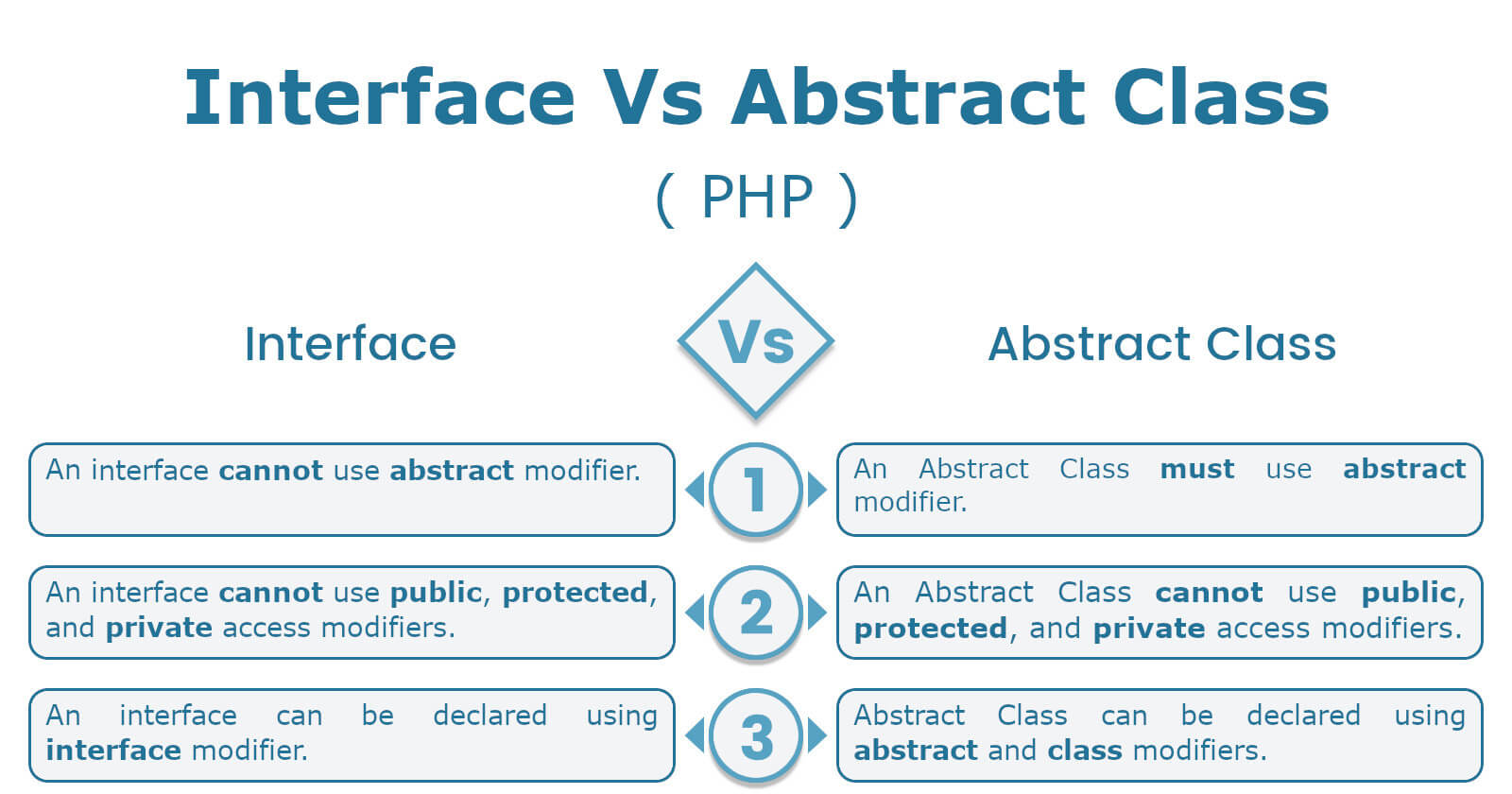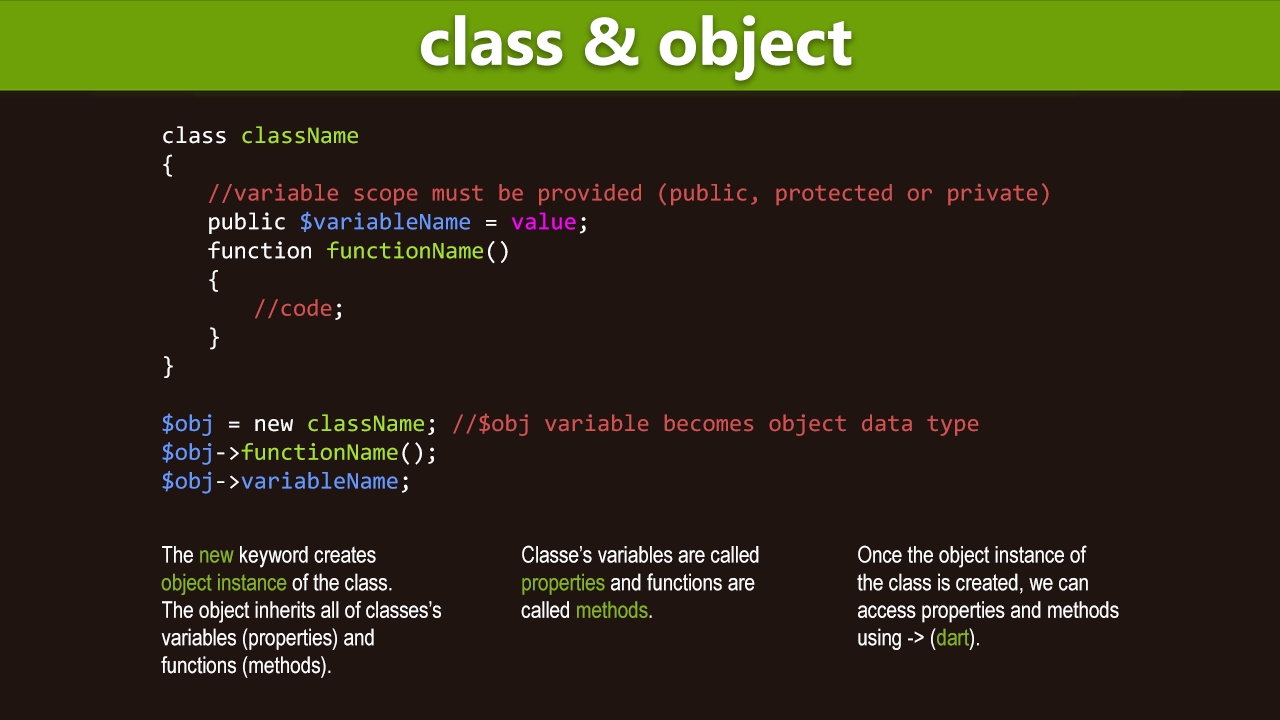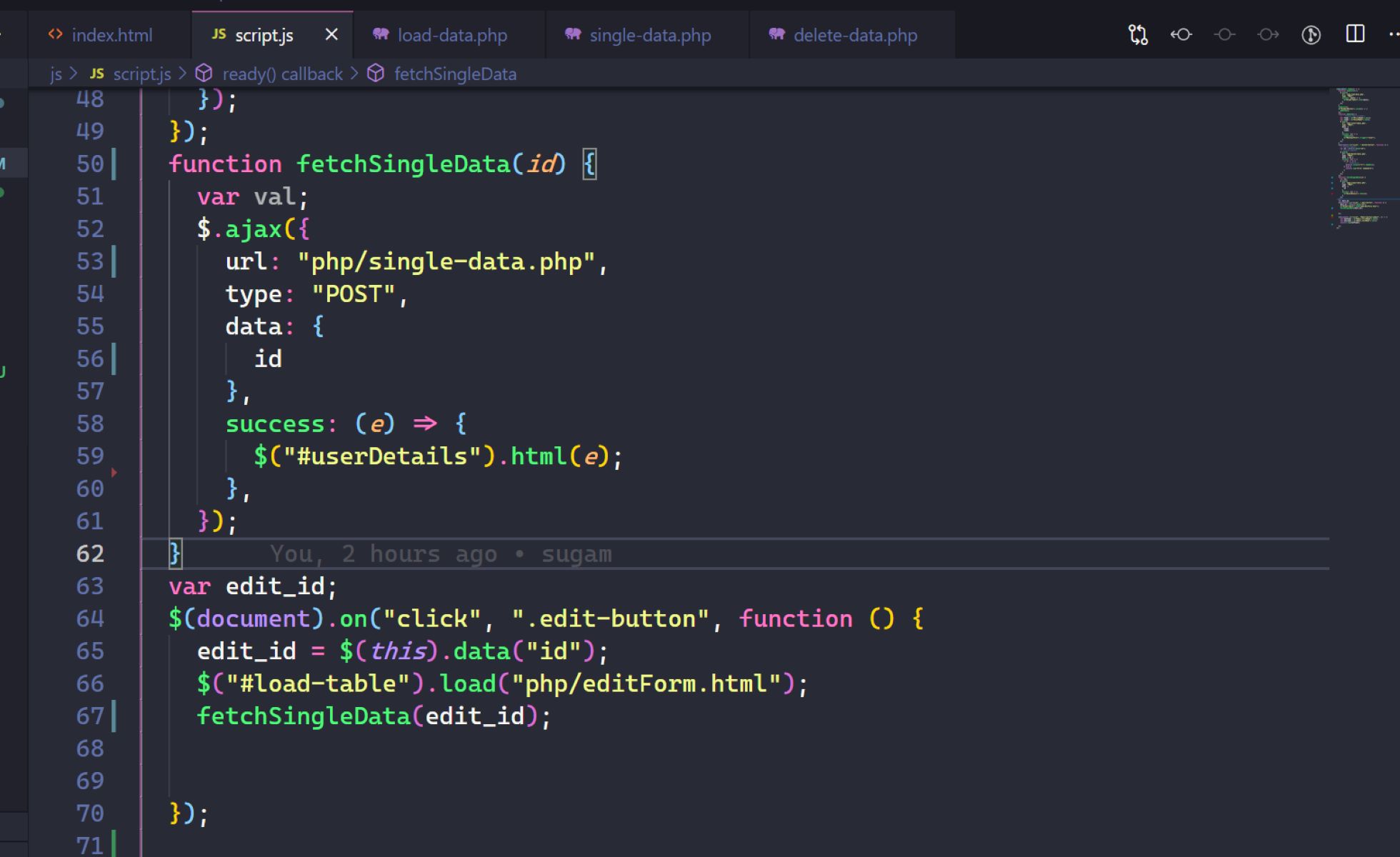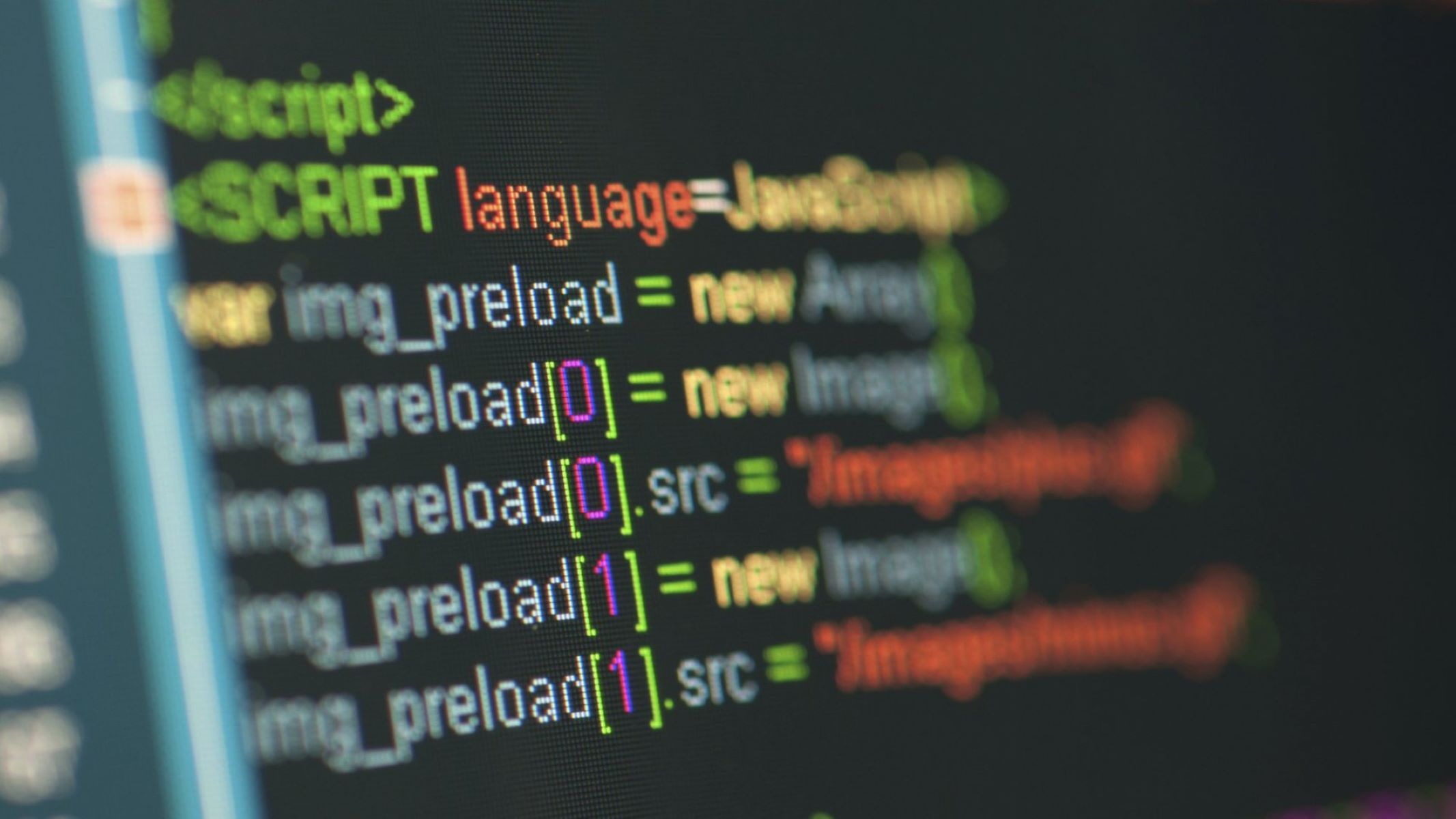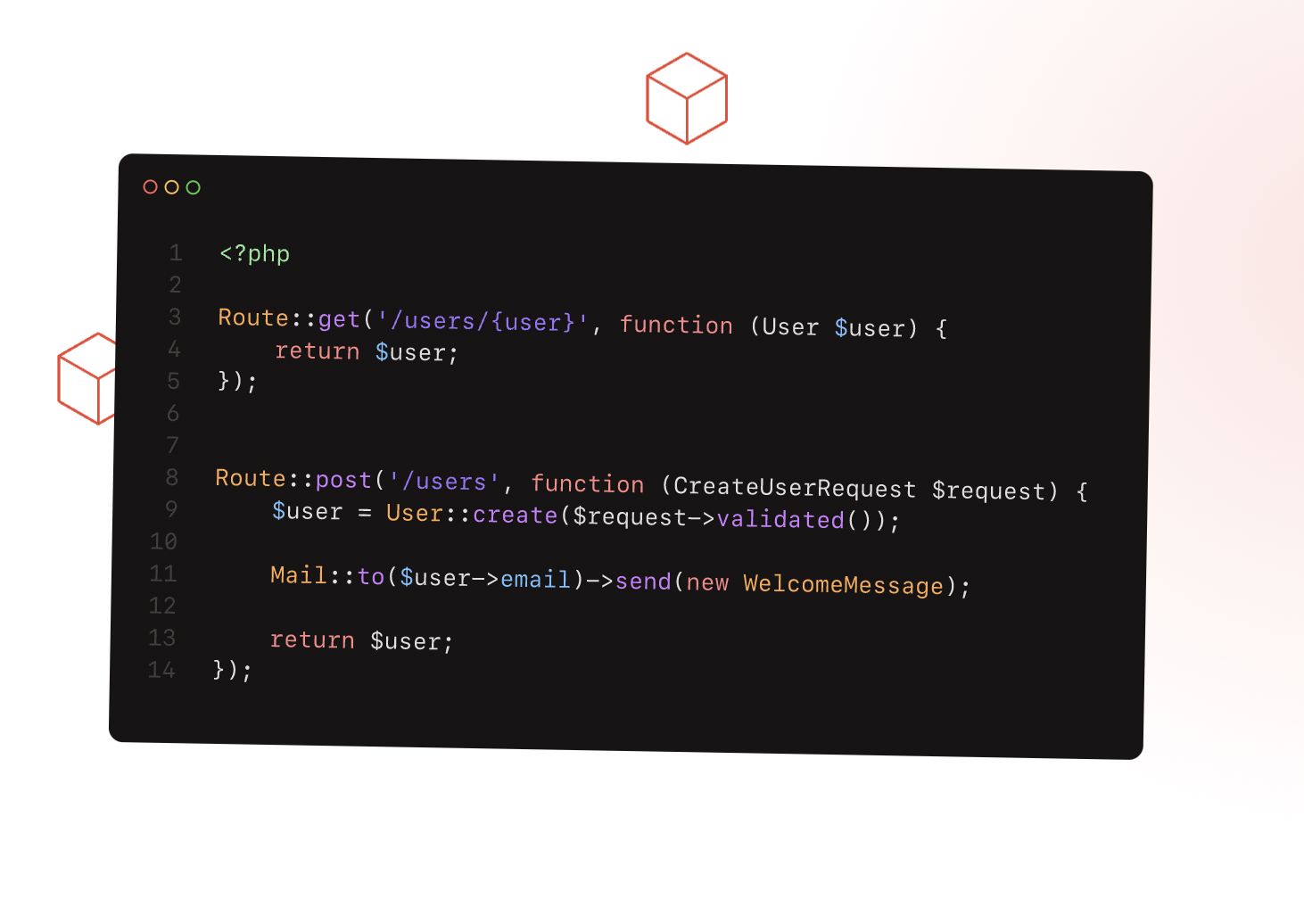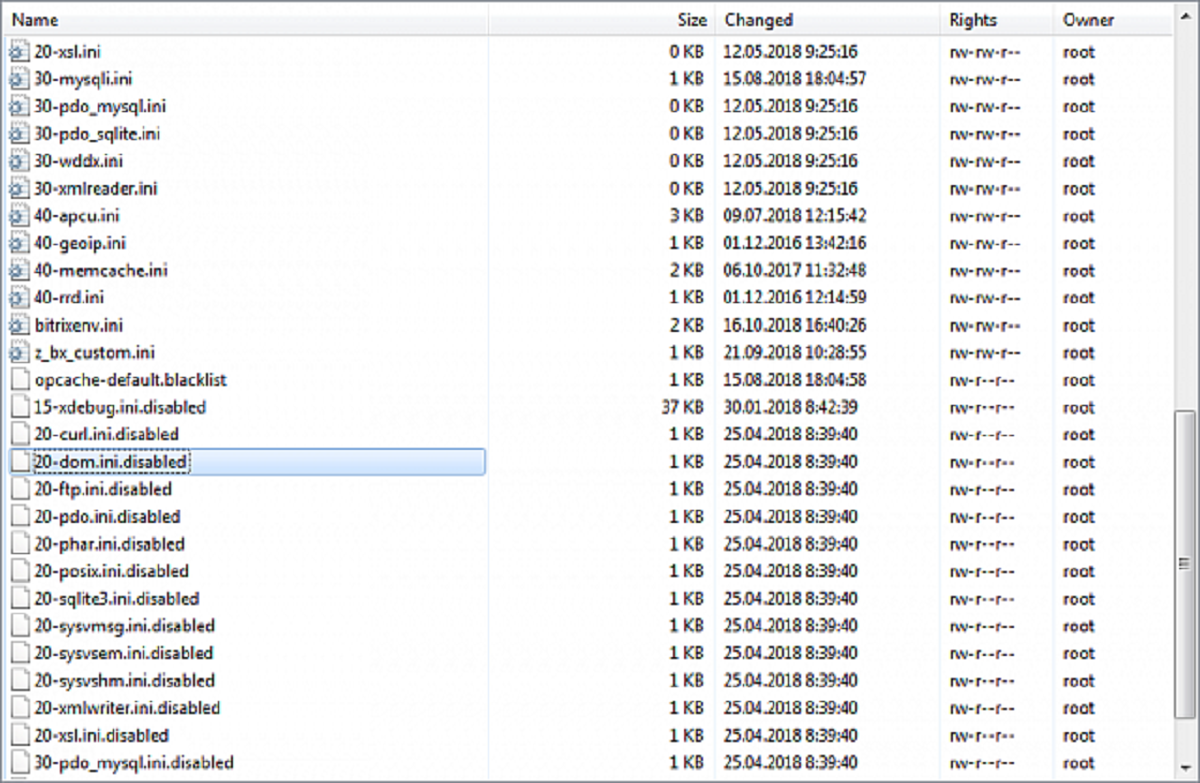Introduction
An abstract class is a fundamental concept in object-oriented programming. It is a class that cannot be instantiated and serves as a blueprint for other classes to inherit from. In PHP, abstract classes play a crucial role in creating structured and modular code.
Abstract classes provide a way to define common methods and properties that can be shared by multiple derived classes, promoting code reusability and reducing redundancy. They serve as a foundation for creating a hierarchy of related classes, with the abstract class acting as a parent class that defines the common behavior.
PHP’s abstract classes are powerful tools in building complex systems by enforcing code structure, ensuring consistency, and promoting efficient development. By understanding the use of abstract classes, developers can enhance their programming skills and effectively design and implement PHP applications.
In this article, we will delve into the concept of abstract classes in PHP, explore how to create and use them, and discuss the benefits they provide. Whether you are a beginner or an experienced PHP developer, gaining a solid understanding of abstract classes will greatly contribute to your coding abilities and enable you to write more efficient and maintainable code.
Overview of Abstract Classes in PHP
In PHP, an abstract class is a class that cannot be instantiated directly. It serves as a base class for other classes to inherit from and provides a blueprint for the derived classes to follow. Abstract classes are defined using the abstract keyword.
Abstract classes are used to define common methods and properties that will be shared by multiple derived classes. These derived classes, also known as concrete classes, must implement all the abstract methods defined in the abstract class. This allows for code reusability and helps maintain a consistent structure across related classes.
One key aspect of abstract classes is that they can have both abstract and concrete methods. Abstract methods are declared without any implementation and must be implemented by the derived classes. Concrete methods, on the other hand, have a defined implementation in the abstract class itself and do not require implementation by the derived classes.
An abstract class can also have properties, which can be accessed and modified by the derived classes. This allows for the encapsulation of data and provides a way to define common attributes for related classes.
It is important to note that abstract classes cannot be instantiated directly. They serve as a blueprint for creating objects of the derived classes. To use an abstract class, you need to create a new class that extends the abstract class and then instantiate the derived class.
Abstract classes provide a way to enforce a specific structure and behavior among related classes. They promote code organization, encapsulation, and reusability. By using abstract classes, developers can create more efficient and maintainable codebases, as well as ensure consistency across different parts of the application’s code.
Creating an Abstract Class
In PHP, creating an abstract class involves using the abstract keyword before the class declaration. Let’s take a look at an example:
php
abstract class Animal {
protected $name;
public function __construct($name) {
$this->name = $name;
}
abstract public function makeSound();
}
In this example, we have created an abstract class called `Animal`. It has a protected property called `$name` and a constructor to initialize it. The constructor is not defined as abstract since it has an implementation.
The `Animal` class also has an abstract method called `makeSound()`. Abstract methods are declared with the `abstract` keyword and do not have any implementation in the abstract class. This method must be implemented by any derived class that extends the `Animal` class.
It is important to note that if a class contains at least one abstract method, the class itself must be declared as abstract. However, an abstract class can also contain concrete methods with implementations.
Another factor to consider is that abstract classes can have properties, as shown with the `$name` property in the `Animal` class. These properties can be accessed and modified by both the abstract class and the derived classes.
Overall, creating an abstract class involves using the `abstract` keyword, defining abstract methods without implementations, and specifying the necessary properties and constructors. This provides a blueprint for derived classes to follow, ensuring consistent structure and behavior.
Declaring Abstract Methods
In PHP, abstract methods are declared within abstract classes using the `abstract` keyword. Abstract methods do not have any implementation in the abstract class, but they must be implemented by any class that extends the abstract class.
Let’s look at an example to understand how to declare abstract methods:
abstract class Shape {
abstract public function calculateArea();
abstract public function calculatePerimeter();
}
In this example, we have an abstract class called `Shape`. It has two abstract methods: `calculateArea()` and `calculatePerimeter()`. These methods are declared using the `abstract` keyword and do not have any method body.
When a class extends the `Shape` class, it must implement these abstract methods:
class Circle extends Shape {
private $radius;
public function __construct($radius) {
$this->radius = $radius;
}
public function calculateArea() {
return pi() * pow($this->radius, 2);
}
public function calculatePerimeter() {
return 2 * pi() * $this->radius;
}
}
In this example, the `Circle` class extends the `Shape` class and implements the abstract methods `calculateArea()` and `calculatePerimeter()`. The implementation details are provided within the derived class.
It is essential to note that if a class extends an abstract class that contains abstract methods, it must implement all the abstract methods. Failure to do so will result in a fatal error in PHP.
Declaring abstract methods allows for a consistent structure and behavior among related classes. It ensures that any class that extends the abstract class provides the necessary functionality defined by the abstract methods. This promotes code reusability, as the abstract class defines the common behavior while the derived classes implement the specific details.
Instantiation of Abstract Class
In PHP, abstract classes cannot be instantiated directly. They serve as blueprints for derived classes to inherit from and provide structure and common functionality. However, we can create objects of derived classes that extend the abstract class.
Let’s take a look at an example to understand how the instantiation of an abstract class works:
abstract class Animal {
protected $name;
public function __construct($name) {
$this->name = $name;
}
abstract public function makeSound();
}
class Dog extends Animal {
public function makeSound() {
return "Woof! Woof!";
}
}
$dog = new Dog("Buddy");
echo $dog->makeSound(); // Output: Woof! Woof!
In this example, we have an abstract class called `Animal` that has a constructor and an abstract method `makeSound()`. We also have a derived class called `Dog` that extends the `Animal` class and implements the `makeSound()` method with a specific sound for a dog.
To create an object of the `Dog` class, we use the `new` keyword followed by the class name and pass the necessary arguments to the constructor. In this case, we pass the name “Buddy” to the `Dog` constructor.
Once the object is created, we can call the `makeSound()` method on the `$dog` object, which will output “Woof! Woof!”.
It is important to note that when instantiating a derived class, the abstract class constructor is also invoked. In the example above, the abstract class `Animal` constructor is called when creating an object of the `Dog` class.
The instantiation of derived classes allows us to utilize the common behavior and structure defined in the abstract class and also implement the specific functionalities in the derived classes. This approach promotes code reuse and consistency while allowing flexibility for customization.
Inheritance with Abstract Class
In PHP, abstract classes are often used as base classes for inheritance. Derived classes can inherit the properties and methods from the abstract class, which helps in code reuse and promotes consistency.
Let’s explore an example to understand how inheritance works with abstract classes:
abstract class Animal {
protected $name;
public function __construct($name) {
$this->name = $name;
}
abstract public function makeSound();
}
class Dog extends Animal {
public function makeSound() {
return "Woof! Woof!";
}
}
class Cat extends Animal {
public function makeSound() {
return "Meow! Meow!";
}
}
$dog = new Dog("Buddy");
echo $dog->makeSound(); // Output: Woof! Woof!
$cat = new Cat("Whiskers");
echo $cat->makeSound(); // Output: Meow! Meow!
In this example, we have an abstract class called `Animal` with a constructor and an abstract method `makeSound()`. We then have two derived classes, `Dog` and `Cat`, that extend the `Animal` class and implement the `makeSound()` method with specific sounds for each animal.
By creating objects of the derived classes, we can access and utilize the common functionality defined in the abstract class, such as the constructor and any concrete methods or properties.
In the example above, we instantiate a `Dog` object with the name “Buddy” and call the `makeSound()` method, which outputs “Woof! Woof!”. Similarly, we create a `Cat` object with the name “Whiskers” and call the `makeSound()` method, which outputs “Meow! Meow!”.
Through inheritance, derived classes inherit the characteristics of the abstract class, allowing them to share and extend its functionality. This enables developers to build a hierarchy of related classes, with the abstract class serving as the foundation for defining common behavior and properties.
Final Thoughts
Abstract classes in PHP are powerful tools for creating modular and structured code. They serve as blueprints for derived classes, providing a consistent structure and common functionality. Here are some key takeaways regarding abstract classes:
- Abstract classes cannot be instantiated directly but are used as a foundation for creating objects of derived classes.
- Abstract classes allow for the definition of abstract methods, which must be implemented by any class that extends the abstract class.
- Inheritance plays a significant role in abstract classes, as derived classes inherit properties and methods from the abstract class.
- Abstract classes can have both abstract methods (without implementation) and concrete methods (with implementation).
- Abstract classes can have properties, which can be accessed and modified by both the abstract class and the derived classes.
- Using abstract classes promotes code reusability, code organization, and the creation of hierarchy in related classes.
By utilizing abstract classes effectively, developers can create more efficient and maintainable codebases. Abstract classes provide a way to define and enforce a consistent structure and behavior among related classes, reducing redundant code and promoting code reuse.
Whether you’re a beginner or an experienced PHP developer, understanding abstract classes is crucial for writing robust and scalable applications. It allows you to leverage the power of object-oriented programming and create well-structured code that is easier to maintain and extend.







